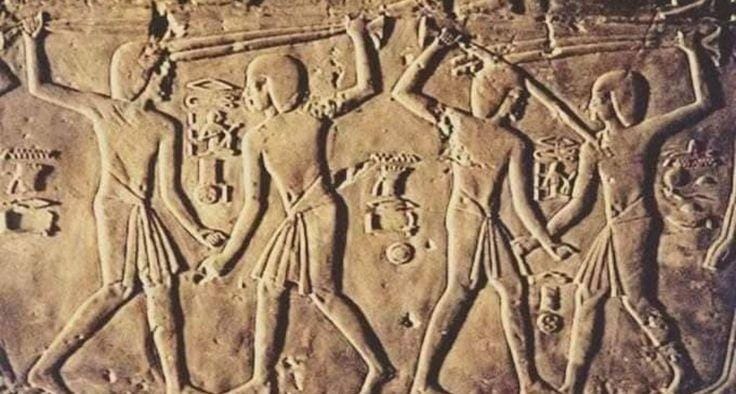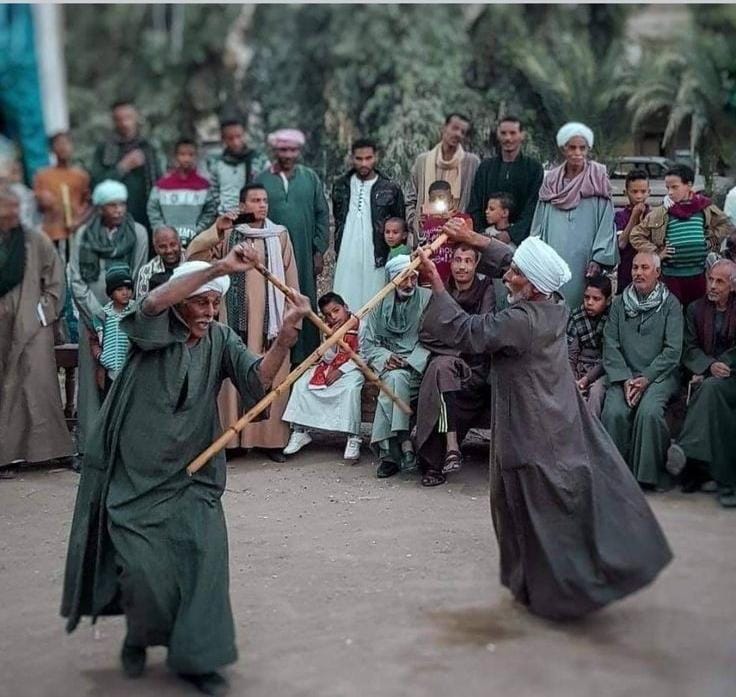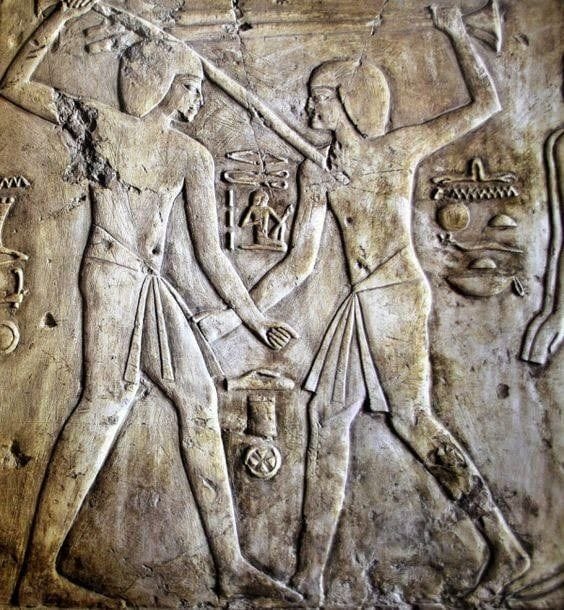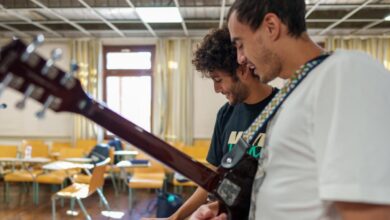“Tahtib: From Battlefields to Celebrations”in Ancient Egypt
"Heritage is not a thing of the past; it is a living rhythm, a dance that echoes through time."

- What was once a tool to prepare soldiers for battle has become a vibrant folk dance
Would you like to discover how a simple stick can tell the story of Egypt’s heritage, courage and resilience? Enter the world of Tahtib, where history is written in every stroke, and where every beat of the flute carries the echoes of a culture that refuses to be forgotten.
What if I told you that training in ancient battlefields in Egypt is still alive today, pulsating with the same energy, pride and strength that it did thousands of years ago?
Have you ever imagined that the movement of your hands with a wooden stick could be a tool to transmit a message from the past to the present, from ancestors to grandchildren? And how a simple dance could be the master of martial arts and courage at the same time?
This is “Tahtib”, a heritage that emulates nothing but the legend of Egyptian strength that knew how to tell stories in a special way

Tahtib in Ancient Egypt: The Beginning of the Story
Tahtib, a game that began as a training tool for soldiers, has transcended time and transformed into a vibrant folk performance, where sticks clash not violently, but in celebration. This is not just a rhythmic dance; it is the dance of warriors, an ancient art of strength and honor that has been passed down through generations, and still resonates in the heart of Egypt today.
It is a display of strength, skill, and community cohesion. Tahtib is known in Upper Egypt as “Ghayat Al-Rijal.”
From Ancient Egypt to Modern Dance: The Journey of Tahtib
In ancient Egypt, tahtib was a vital training method for soldiers. The Egyptians understood that fighting was not just about strength, but also about discipline, agility, and timing. That’s where tahtib comes in. A form of combat training, tahtib was an early martial art where warriors trained with sticks, simulating real-life battles they might encounter in war. The graceful movements and precise strikes were not only for defense, but also for learning control, respect, and strategy.
Today, tahtib can still be seen on the majestic walls of temples such as Karnak and Luxor, where ancient frescoes and engravings depict warriors training with their weapons – the same sticks that became symbols of strength, discipline and honour.
These images remind us that tahtib was not just a sport; it was a ritual, a way of life and a celebration of power.
From combat to celebration: The modern spirit of tahtib
In Egypt today, tahtib has undergone a transformation. What was once a training tool has evolved into a folk dance – still a powerful display of strength, but now a celebration of heritage and community. Known in Upper Egypt as “ghayyat al-rijal,” tahtib is not just a game; it is a symbol of courage, manhood and honour.
Tahtib has become so important to Egypt’s cultural identity that in 2016 UNESCO inscribed it on its list of Intangible Cultural Heritage of Humanity, recognising its role in preserving the identity of the Egyptian people.
Dance Rules: More Than Just a Fight
To the lively tunes of the Upper Egyptian flute, two players armed with thick bamboo sticks compete in a rhythmic duel. The performance takes place in a wide circular ring, surrounded by spectators who follow the fighters’ movements with their bodies. It is a performance that carries the weight of history and tradition, passed down from generation to generation.
While modern tahtib has evolved into a performance and a form of social gathering, it still follows certain traditional rules. The game begins with a respectful handshake between the participants. Each player raises his stick in the air, signaling the start. The two players then wave their sticks above their heads – left and right, in a display of technique and precision, each trying to outdo the other.
The goal? To score a touch on the opponent’s head or body with the stick, while avoiding a hit in return. Victory is achieved by one party losing the stick or touching the body with the stick. It is not a game of violence, but rather a game of control and mastery, where respect for the opponent is paramount.
Tahtib Today: A Cultural Heritage That Unites and Inspires
Today, tahtib is more than just a traditional game. It is a celebration of Egypt’s rich cultural heritage, a link between the ancient past and the present. The dance is widely practiced during social events, especially in rural areas and Upper Egypt, where communities come together to celebrate.
It began as a military training exercise thousands of years ago, and has evolved into a beloved folk dance, still carrying the same spirit of strength, nobility and pride that it did in the time of the Pharaohs. As UNESCO’s recognition highlights, tahtib is not just a relic of the past; it is a living tradition that continues to breathe life into Egypt’s cultural landscape.
So the next time you see a group of men in rural Egypt gracefully swinging bamboo sticks to the rhythm of the ney, you will know that you are witnessing more than just a dance – you are witnessing the heartbeat of Egypt itself, a dance of history, strength and pride.
And so, tahtib continues its journey through time.








